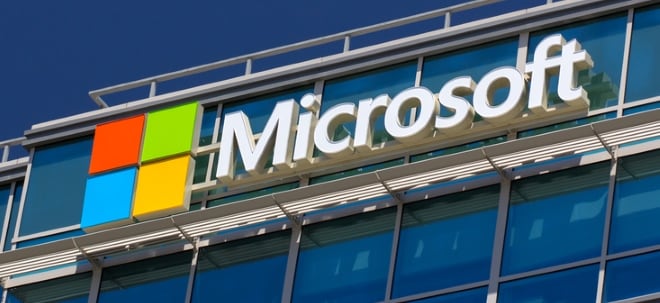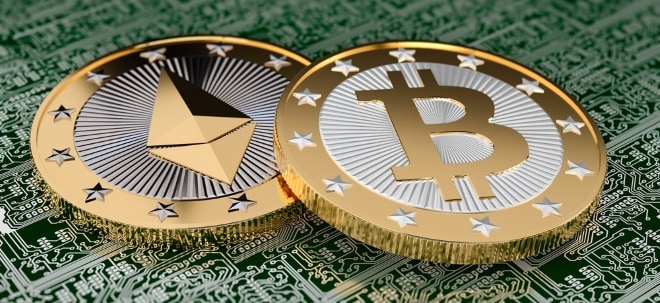NNT 2025 Celebrates 30 Years of Nanoimprint -- One of the Most Transformative Technologies of the 21st Century
DANA POINT, Calif., Nov. 13, 2025 /PRNewswire/ -- The 24th International Conference on Nanoimprint and Nanoprint Technologies (NNT 2025), www.nntconf.org, concluded in Dana Point, California, celebrating the 30th anniversary of Nanoimprint Lithography (NIL), or Nanoimprint—one of the most transformative technologies of the 21st century. Nanoimprint has revolutionized nanofabrication, opened new fields and industries, powered breakthrough products, and driven major advances across a very broad range of fields in science, technology, and industry worldwide—generating multi-billion-dollar annual revenues and shaping markets approaching a trillion dollars.
Held October 12–15, NNT 2025—the premier conference in the field—brought together leading scientists, engineers, entrepreneurs, and technologists, along with major Nanoimprint companies and key material and equipment suppliers, to showcase the field's progress, reflect on Nanoimprint's history, honor key contributors to Nanoimprint's success and transformation, and celebrate Nanoimprint's enduring innovation and transformative impact—with nearly all of the field's pioneers in attendance.
Invented and coined in 1995, Nanoimprint is a paradigm shift in nanolithography and nanopatterning—from traditional wave–matter interactions (photons, electrons, and ions) to a new era of mold-based nanomechanical deformation. This fundamentally different principle enables Nanoimprint to overcome the inherent limits of wave–matter interactions and to offer distinctive advantages in high resolution (~1 nm), patterning flexibility, large-area scalability, process simplicity, and low cost—advantages that, individually or together, have yet to be fully matched by other nanopatterning approaches.
Over 30 years, Nanoimprint has evolved into a transformative nanomanufacturing technology spanning an exceptionally broad range of fields. It has generated multi-billion-dollar annual revenues, shaped markets potentially approaching a trillion dollars, and delivered far-reaching economic and societal benefits. Industries and applications impacted by Nanoimprint include consumer electronics (augmented-reality (AR) and virtual-reality (VR) goggles, smart glasses, displays, and smartphones); biotechnology and life sciences (gene sequencing, biosensing, biomedical, and pharmaceutical applications); photonics and optical communications (LEDs, lasers, lenses, modulators, meta-optics, and imagers); semiconductor integrated circuits (ICs) and artificial intelligence (AI); energy technologies (solar cells, lighting, and batteries); metamaterials and engineered surfaces (structural color, wetting, and thermal management); as well as automotive, aerospace, security, and authentication systems.
In 1995, Prof. Stephen Y. Chou of Princeton University, then at the University of Minnesota, invented and coined Nanoimprint, building on his two experimental discoveries in nanomechanical deformation. He demonstrated sub-10-nm patterns—over 30 times smaller than the 350-nm feature size used in IC fabrication at that time—and proposed Nanoimprint as a fundamentally new nanofabrication and nanomanufacturing method for semiconductor ICs, photonic, magnetic, and other nanodevices. Initially, the paradigm-shift concept faced broad skepticism and was often dismissed as "impossible," because the mechanical deformation technologies available then appeared to pose insurmountable barriers to Chou's proposal.
In the first three years after its invention, numerous innovations were made and published that overcame some key barriers to making Nanoimprint a practical and powerful nanomanufacturing technology. These included new imprint methods that eliminated mechanical pressing plates, improved resists, and techniques enabling smaller features, greater uniformity, and faster imprinting—along with the first Nanoimprint fabrication of nanotransistors, nanophotonic, and nanomagnetic devices demonstrating high performance. A few visionary sponsors and early believers also played a significant role in advancing Nanoimprint during its uncertain infancy. These accumulated advances and publications dispelled early doubts and ended a three-year period of virtually no publication (except one) from other groups on the technology. By late 1998, other groups began publishing in the field, marking the rise of a global community that, through collective ingenuity, turned the "impossible" into reality—establishing Nanoimprint as one of the most transformative technologies of the 21st century.
Since 2009, the first Nanoimprint press has been displayed at the Deutsches Museum in Munich—one of the world's premier science and technology museums—recognizing its historical and industrial importance. In 2003, MIT Technology Review named Nanoimprint one of "10 Emerging Technologies That Will Change the World," highlighting its revolutionary potential. Today, tens of thousands of patents—filed or granted—related to Nanoimprint, several times the number of journal papers, underscore Nanoimprint's broad impact and strong commercial potential.
NNT 2025 concluded that, despite having already become one of the most transformative technologies of the 21st century, Nanoimprint's full potential—spanning science, technology, industry, and the enabling and creation of new breakthrough commercial products—is only beginning to unfold, with far greater advances and impacts still ahead.
Awards
To commemorate three decades of Nanoimprint and its transformative impact, NNT 2025 recognized pioneers, visionary supporters, and industry leaders across four award categories. A complete list of recipients and citations is available on the NNT website (https://nntconf.org/award/).
1. 30-Year Nanoimprint Grand Achievement Award
The highest honor, presented to individuals and organizations whose contributions have profoundly advanced and transformed Nanoimprint technology and its applications. Awardees: Stephen Y. Chou, Lars Montelius, Grant C. Willson, Nanonex Corporation, Obducat AB, Molecular Imprints Inc./Canon, and EV Group.
2. 30-Year Nanoimprint Pioneer Award
Honors the first believers and developers who, during Nanoimprint's early and uncertain years, helped establish and advance the field amid broad skepticism and major technical challenges. The award was presented to 46 recipients, including the six of the seven Grand Achievement Awardees.
3. 30-Year Nanoimprint Visionary Supporter Award
Honors individuals and funding agencies that provided pivotal early financial support when Nanoimprint's paradigm-shifting concept faced widespread skepticism and resistance. Awardees include the David and Lucile Packard Foundation; Larry Cooper (Office of Naval Research, ONR) and ONR for their support in 1995; R. Fabian Pease (Defense Advanced Research Projects Agency, DARPA) and DARPA for establishing in 1997 the world's first national funding program dedicated to Nanoimprint; Ramon Compano (European Commission) for initiating the first European Nanoimprint funding program in 1998; and Dan Herr (Semiconductor Research Corporation, SRC) and SRC for their timely support of Nanoimprint research and development.
4. 30-Year Nanoimprint Industry Application Breakthrough Award
Honors companies that have developed transformative Nanoimprint applications across industries such as displays, AR/VR, smart glasses, smartphones, meta-optics, gene sequencing, biosensing, semiconductor ICs, AI, and security/authentication—creating products that collectively have generated multi-billion-dollar annual revenues and delivered major economic and societal benefits. The award was presented to "Anonymous," as the companies have chosen to remain unnamed; the plaque was inscribed accordingly. Their names will be announced once they choose to be publicly identified.
Media Contact
NNT 2025 Organizing and Celebration Committee
nnt2025@nntconf.org
![]() View original content to download multimedia:https://www.prnewswire.com/news-releases/nnt-2025-celebrates-30-years-of-nanoimprint--one-of-the-most-transformative-technologies-of-the-21st-century-302613670.html
View original content to download multimedia:https://www.prnewswire.com/news-releases/nnt-2025-celebrates-30-years-of-nanoimprint--one-of-the-most-transformative-technologies-of-the-21st-century-302613670.html
SOURCE NNT Conference


